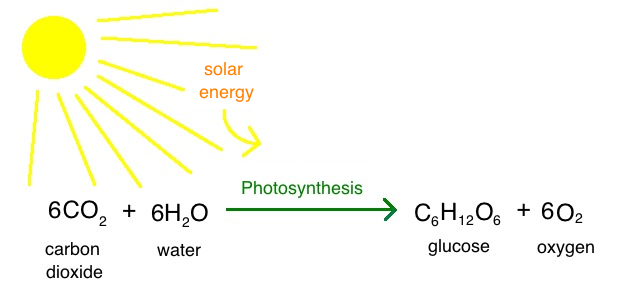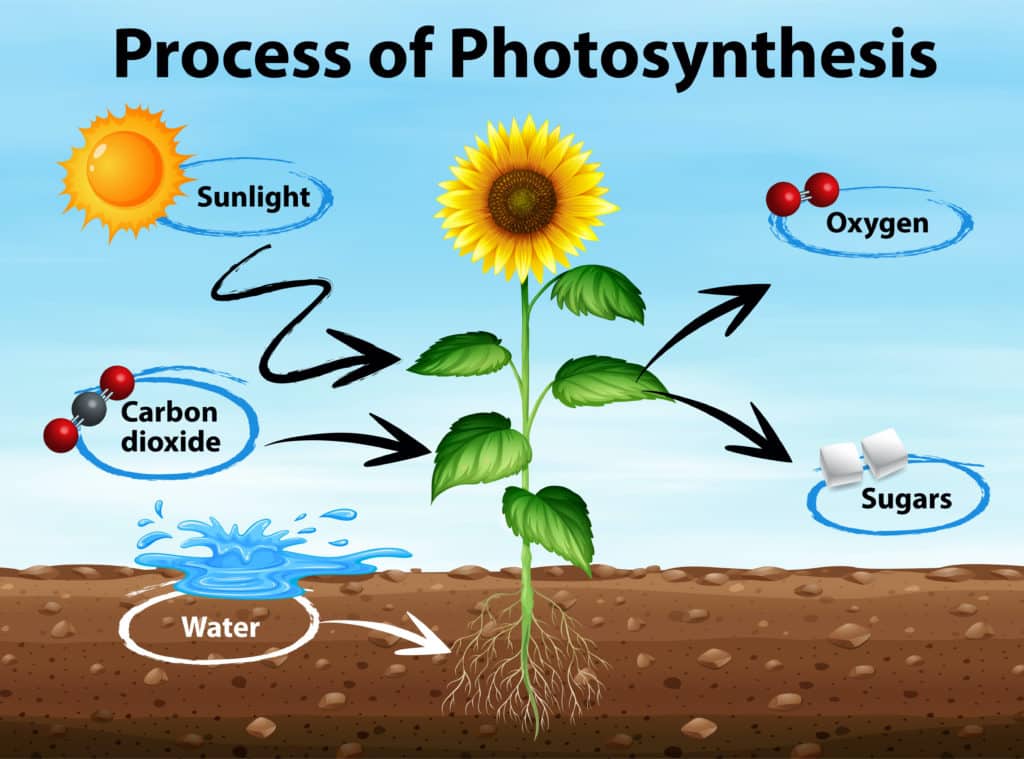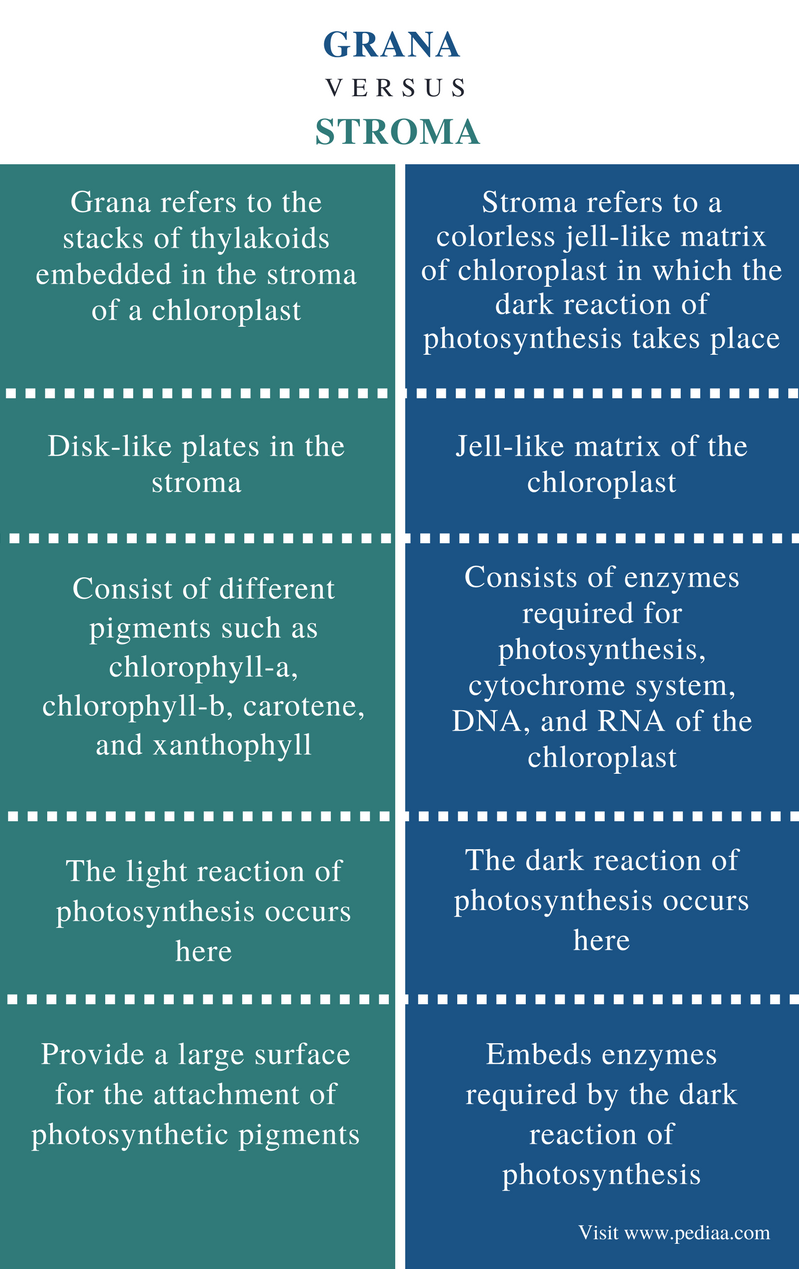Plant Physiology Notes 2023 MSc Botany 2nd Semester.Photosynthesis is the process by which plants use sunlight, water, and carbon dioxide to create oxygen and energy in the form of sugar.
Plant Physiology Definition
Plant physiology is the study of plant function and behaviour, encompassing all the dynamic processes of growth, metabolism, reproduction, defence, and communication that account for plants. OR Plant physiology is a study of Vital phenomena in plant.
Function of Plant Physiology
Functions: Plant Physiology is the responses of plants to environment and the growth and development that results from the responses.

What is the importance of plant physiology?
Plant physiology deals with different plant structures and their functioning. It enables analysing processes in plants, namely – photosynthesis, mineral nutrition, respiration, transportation, and ultimately plant development and growth which are traits displayed by living entities.
Who is the father of plant physiology?
Julius Sachs (1868): The father of plant physiology.
Photosynthesis Definition
Photosynthesis is the process by which plants use sunlight, water, and carbon dioxide to create oxygen and energy in the form of sugar.


What are the 4 main steps of photosynthesis?
The overall process of photosynthesis can be objectively divided into four steps/ process:
- Absorption of light. The first step in photosynthesis is the absorption of light by chlorophylls that are attached to the proteins in the thylakoids of chloroplasts. …
- Electron Transfer.
- Generation of ATP.
- Carbon Fixation.
What are the 7 steps of photosynthesis?Terms in this set (7)
- Step 1-Light Dependent. CO2 and H2O enter the leaf.
- Step 2- Light Dependent. Light hits the pigment in the membrane of a thylakoid, splitting the H2O into O2.
- Step 3- Light Dependent. The electrons move down to enzymes.
- Step 4-Light Dependent. …
- Step 5-Light independent. …
- Step 6-Light independent. …
- calvin cycle.
What are the 3 stages of photosynthesis?
The three events that occur during the process of photosynthesis are:
(i) Absorption of light energy by chlorophyll.
(ii) Conversion of light energy to chemical energy and splitting of water molecules into hydrogen and oxygen.
(iii) Reduction of carbon dioxide to carbohydrates.
Why is photosynthesis important?
Photosynthesis sustains life on Earth today by releasing oxygen into the atmosphere and providing energy for food chains. The rise of oxygen-producing photosynthesis allowed the evolution of complex life forms like animals and land plants around 2.4 billion years ago.
What are the materials needed during photosynthesis?
The process of photosynthesis takes place in the leaves of a plant. To perform photosynthesis, plants need three things: carbon dioxide, water, and sunlight.
What are chlorophylls and what is their role in photosynthesis?
Definition: The green coloring matter found mainly in the chloroplasts of plants that absorbs energy from sunlight to produce carbohydrates from carbon dioxide and water during photosynthesis.
role in photosynthesis ,The green pigment or chlorophylls that is necessary in order for plants to convert carbon dioxide and water, using sunlight, into oxygen and glucose.
Stroma Definition
Stroma is the colorless fluid surrounding the grana within the chloroplast.
What is the function of stroma in plants?
Stroma: The fluid of the chloroplast surrounding the thylakoid membrane; involved in the synthesis of organic molecules from carbon dioxide and water.
Difference between Grana and Stroma ?
| Grana | Stroma |
|---|---|
| Grana are the stacks of thylakoids where light reaction of photosynthesis takes place. | Stroma is the jell-like matrix of the chloroplast, which contains the enzymes for dark reaction of photosynthesis |
| The Light reaction of photosynthesis occur here | The Dark reaction of photosynthesis occur here |

What is parenchyma and stroma?
| parenchyma | stroma |
|---|---|
| The parenchyma of an organ consists of that tissue which conducts the specific function of the organ and which usually comprises the bulk of the organ. | Stroma is everything else — connective tissue, blood vessels, nerves, ducts. |
What is grana function?
Grana are stacks of disk-shaped thylakoids which allow for efficient surface area for absorbing light during photosynthesis.
Osmosis definition
Osmosis can be best defined as the movement of water across a semipermeable membrane from an area of high water concentration to an area of lower water concentration.
Example of Osmosis
Plants take water and mineral from roots with the help of Osmosis.
What is photolysis give example?
Photolysis is the splitting or decomposition of a chemical compound by means of light energy or photons. For example, the photolysis of the water molecule in photosynthesis occurred under the influence of light. When photons are absorbed, it causes the hydrogen to bind to an acceptor, subsequently releasing the oxygen.
What is a dark reaction ?
The dark reaction is the second phase of photosynthesis which occurs in the stroma of chloroplasts. The reaction is also known as the biosynthetic phase or Blackman’s reaction or carbon dioxide fixation or Calvin cycle. It uses ATP and NADPH2 for the fixation and reduction of CO2 to form carbohydrates.
Where does Dark reaction occur?
stromaNote that the dark reaction takes place in the stroma (aqueous fluid surrounding the stacks of thylakoids) and the cytoplasm.
What are the steps of dark reaction?
The Calvin cycle, which is another name for the dark reactions of photosynthesis, consists of three steps: carbon fixation, reduction, and regeneration. The Calvin cycle is used to convert atmospheric CO2 into glucose, which is a sugar that plants use to store energy.
What is the end product of a dark reaction?
Dark reactions take place in the stroma. And it uses ATP and NADPH for energy and providing electrons and it mixes with the carbon dioxide and water. The end product of this reaction is that the Co2 is converted into glucose (Carbohydrates form).
What is ADP and NADP?
ATP – Adenosine triphosphate. ADP – Adenosine diphosphate. NADP – Nicotinamide adenine dinucleotide phosphate.
What is the difference between photorespiration and dark reaction?
Photorespiration means the process of respiration which takes place where carbon dioxide is given out which is the opposite process of photosynthesis. Dark respiration is a form of respiration in which carbon dioxide is released without the presence of light.
How many ATP are used in dark reaction?
How many ATP and NADPH are utilized in dark reaction? Six molecules of both ATP and NADPH are used.
What is the difference between photorespiration and respiration?
Hint: Respiration is the process in which intake of oxygen and release of carbon dioxide happen and photorespiration is the process in which the enzyme RuBisCo oxygenates RuBP by wasting the energy produced by photosynthesis.
Dark Reaction cycle
There are three phases to the light-independent reactions, collectively called the Calvin cycle: carboxylation, reduction reactions, and ribulose 1,5-bisphosphate (RuBP) regeneration. Though it is called the “dark reaction”, the Calvin cycle does not actually occur in the dark or during night time.
Is dark reaction also called C3 cycle?
Calvin cycle is also known as the C3 cycle or light-independent or dark reaction of photosynthesis. However, it is most active during the day when NADPH and ATP are abundant

MSc Botany 2nd Semester Notes 2023
| No | Subject | View |
|---|---|---|
| 1 – | Plant Ecology | Download – View |
| 2 – | Genetics | Download – View |
| 3 – | Plant Biochemistry | Download – View |
| 4 – | Plant Physiology | Download – View |
| 5 – | Plant Anatomy | Download – View |
